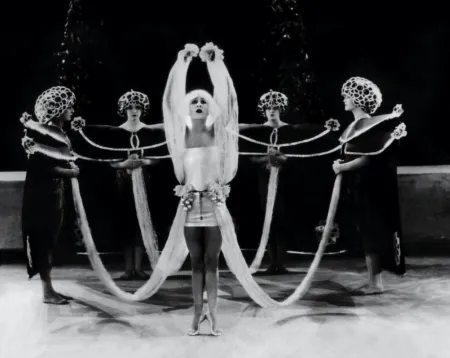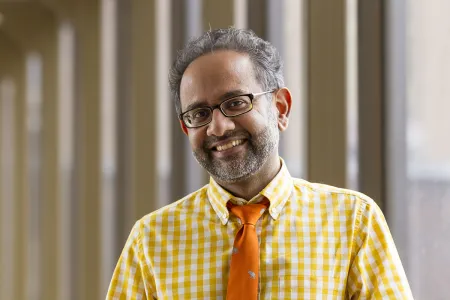FLEFF is designed as much around opportunities for discussion and discourse as it is around watching films.
I once spent an entire day at FLEFF in a series of seminar-style, round-table sessions called FLEFF Lab, which featured about 20 participants from a variety of backgrounds. The discussions revolved around the festival theme of “Disruptions” which was defined broadly and imaginatively.
The discussions roamed far beyond the term’s conventional, pro-capitalist use in the area of tech-enabled innovation.
FLEFF self-identifies as an “environmental” film festival, but its use of the word is expansive. Since the forces that are causing our ecological crisis are fundamentally capitalist, and since those forces ravage both the natural environment and all non-human and human life on the planet, the purview of the festival turns out to be all-encompassing.
The scope of work is correspondingly broad. FLEFF features not only films, but also concerts, installations, theatrical events, and new media works.
One of the highlights of my FLEFF experiences was a pair of silent films with live musical accompaniment.
First, a version of Oscar Wilde’s Salome (1923), starring the now mostly forgotten but famous in her time Russian-born star Alla Nazimova. Openly bisexual, Nazimova hired her (purported) lover Natacha Rambova as costume designer, art director, and production designer. The result is a striking blend of bold, graphic minimalism and Art Nouveau. Ryan Smillie calls it “America’s first art film.”
Second was one of only seven surviving Argentine silent films, El Ultimo Malon (1917). The film dramatizes the last Indigenous rebellion in Argentina.
The cast, composed almost entirely of non-professional actors, reputedly includes many who were part of the 1904 Macovi uprising. The director, Alcides Greca, even appears briefly as himself in the film, which is a work of fiction with intriguing elements of ethnographic documentary.

